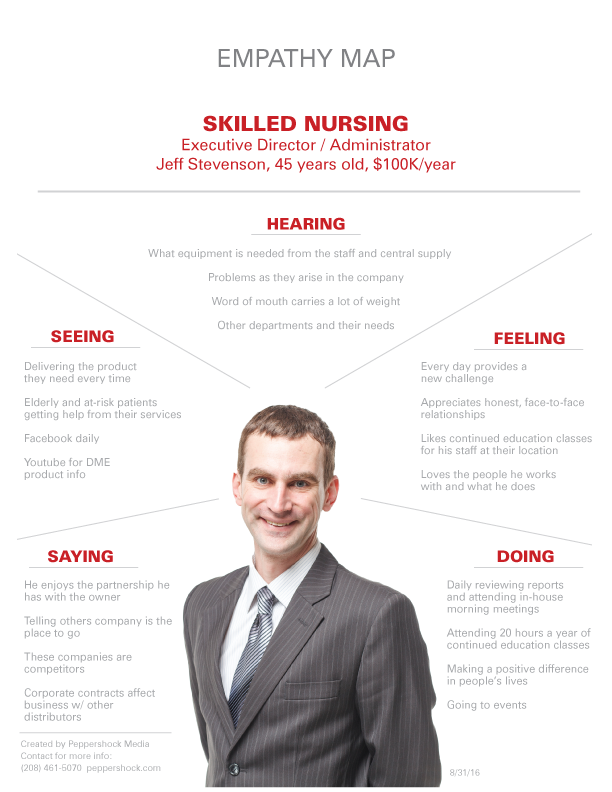
“Why should I even have a Facebook page,” or “I’m not sure what to do on social media…it always seems to be changing and shifting…I just can’t keep up.” These are but a few of the common responses to using social media as a business tool. Makes sense though if you aren’t sure why the heck you should be doing something…right? What if I told you social media is an effective means of advertising that has helped millions of businesses gain the success and brand recognition that may have taken a traditional business years to produce? According to Yahoo! Small Business, the average user mentions brands 90 times a week to their friends and family on social media! Ears tuned in yet? If you’re looking to be one of those brands, I’ve got a few pointers (5 actually) to get you started. Let’s start with empathy.
#1: Empathy
The Merriam-Webster definition of empathy is “The feeling that you understand and share another person’s experiences and emotions,” or in other words, “the ability to share someone else’s feelings.” But how does that transcend into social media? Much like face-to-face conversations, when you take the time to get to know the other person, you begin to learn what they like and dislike. When you get to know or empathize with your social media audience you have the ability to tailor your content to their likes, dislikes and interests as well. One of the ways you can empathize with your audience is to create empathy maps. Empathy maps are pictorial representations of your ideal customers showing what they may be thinking, saying, feeling, doing or hearing in their typical everyday life. See the picture to the right for an example. Once you have this mapped out, it makes the next step of creating relatable content much easier.
#2: Relatable Content
So you’ve created a class act empathy map (or empathy maps in most cases), and now you’re ready for the fun part–dishing out the content! For some this is an easily achievable feat, but for others it may take a bit of practice. To begin, take out the beautifully prepared empathy map you just created, and look for any pain points, interests or areas that stick out to you. Begin looking for articles, inspirational photos, videos, fun facts, etc. that may relate to these areas. Conversely, you could also write content of your own, like a blog or vlog, and post it to your website (this is great for SEO!), however the most important part is that you just START! One other important factor to note is that additional market research may be needed to confirm your hypothesis on your target audience. If you have no idea who your audience is, it can be kind of hard to empathize with them right? There are several ways you can go about gaining a more concrete image of your target market, allowing you the ability to empathize with your audience more readily. A few of the ways we help our clients identify and empathize with their audience is through the use of third-party one-on-one interviews, customer surveys, focus groups and the analysis of market trends (to name a few). Knowing exactly who your audience is can lend itself to other marketing advantages as well, in that you are now able to tailor any kind of marketing material to a clearly defined audience much easier. With that, I’ll leave you with this one question…do you really know your target audience?
Please check out 5 Keys to Social Media Success–Part 2, where I’ll unveil the last three secrets. In the meantime, put what you’ve learned today into practice! It will help you greatly with Part 2 of this series.
Has this blog helped you in any way? If so, would you mind leaving a comment? Your comments and questions help fuel future blog material and are greatly appreciated!
Want to talk further? Shoot me an email at melissa@peppershock.com.
Best,
Melissa Callahan
Social Media Manager
P.S. We have a workshop coming up discussing this and so much more! Learn about the event and register to attend at www.peppershock.com/events. Use promo code SM30 to receive 30% off regular admission!





